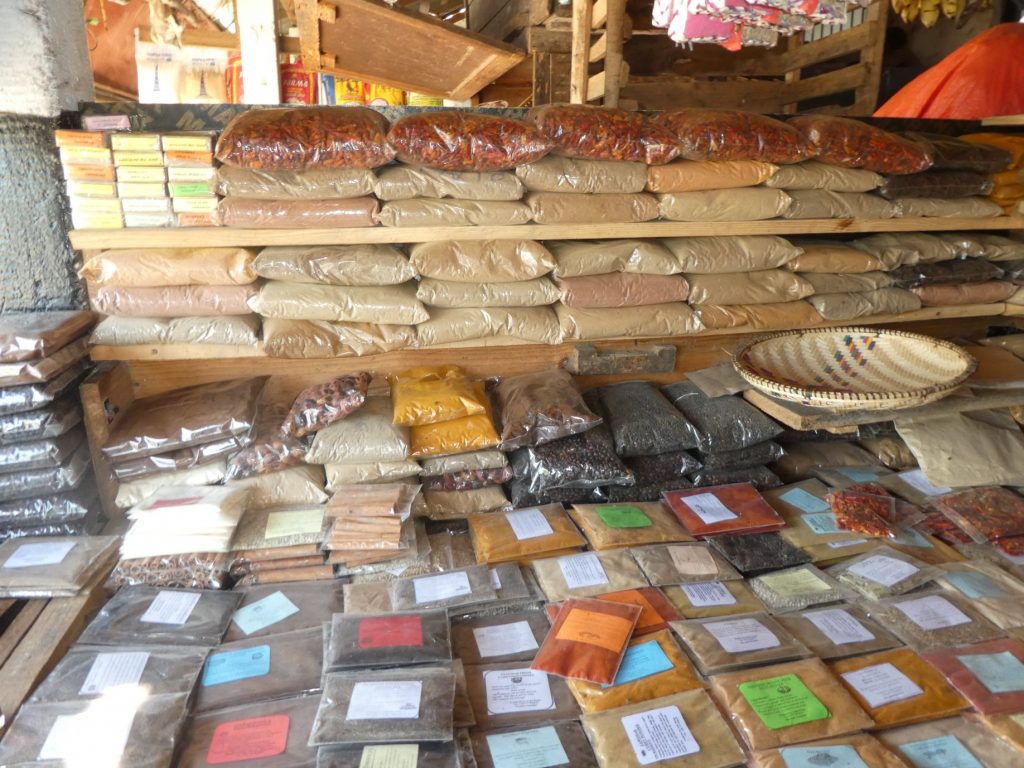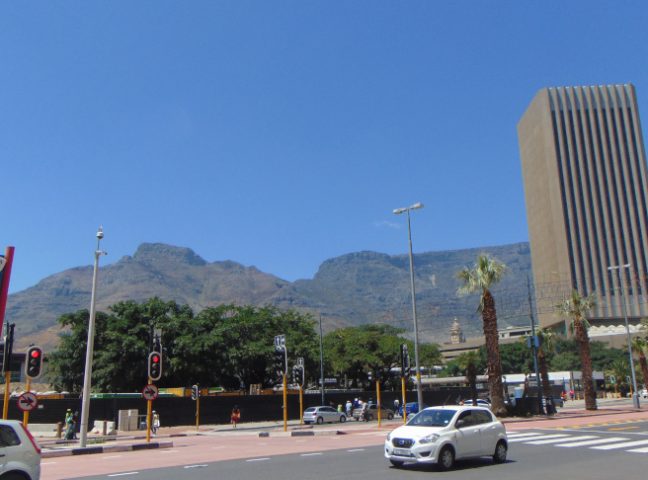
Land and Other Questions (Part One)
December 22, 2021
The Spice Wars (Part One) – Nutmegged
December 24, 2021
By Satish Sekar © Satish Sekar (December 22nd 2021
The Slavery Loophole
The Netherlands never legalised slavery, but there was a loophole and it was fully utilised both in South Africa and earlier colonies. Slavery was legal in their colonies. The Dutch East India Company (DEIC) soon realised that spices offered untold riches, but despite the rewards, there were problems.
It required conquest and labour exploitation to produce the prized commodity. Slavery was the method used. The DEIC had no qualms about its use. But first the land had to be seized, the inhabitants dispossessed and subdued. And the inhabitants had to be transformed into poorly remunerated, or preferably unremunerated labour – in other words, slaves.
Long before Johan van Riebeeck and his compatriots set foot on the Cape of Good Hope, the DEIC had cemented its brutal and greed-driven agenda.
Fallen Idol
Among the historical figures whose legacy is being reviewed is a Dutchman. Jan Pieterszoon Coen He was twice Governor-General of the Dutch East Indies in the seventeenth century and founded Batavia (Jakarta) as the DEIC sought to impose a monopoly on the coveted spice trade – a post established in 1610 and occupied by DEIC staff until the abolition of the company in 1800.[1]
Between 1811-16 the British secured control until independence came after World War II. For almost two centuries the DEIC controlled the islands and the Spice Trade. Control of the Dutch East Indies, essential to secure the monopoly control of the Spice Trade, was achieved through wanton brutality.
Coen died in 1629, by which time the DEIC had secured its monopoly and Dutch colonialism was firmly entrenched in East Asia and the East Indies. Coen was once revered, especially in the Netherlands, but his legacy has now been called into question.
While he conquered the Dutch East Indies and established Batavia (Jakarta) Coen was responsible for a war crime, the Banda Massacre. The genocidal massacre was inflicted by the Dutch on the indigenous population of the Banda Islands in order to force them to sell the highly lucrative spice, nutmeg, to the DEIC alone, and if that meant a vicious massacre, that mattered little to Coen. The Banda wars lasted from 1609 to 1621. The combination of vicious brutality and pending starvation resulted in the removal of the population of the Banda Islands to Batavia (Jakarta) after the Banda Massacre in March 1621. The DEIC had total control of the lucrative Spice Trade. They had also dispossessed and enslaved the indigenous population and confined them to Batavia – a policy that would resurface in South Africa many decades later.
The Heeren 17, Directors of the DEIC, received another infamous letter. In October 1620 Coen sent them the following request cited in 2018 by Hans Straver in his book, Vaders en dochters: Molukse historie in de Nederlandse literatuur van de negentiende eeuw en haar weerklank in Indonesië “To adequately deal with this matter, it is necessary to once again subjugate Banda, and populate it with other people.”
The Heeren 17 gave him the permission sought. It resulted in what would clearly be seen as a war crime now – the Banda Massacre, which resulted in 2800 dead, 1700 enslaved and 1000 forcibly relocated to Batavia, all because the Dutch wanted a monopoly on the spice trade.in the East Indies.
Far from being a Dutch hero deserving of celebration, Jan Pieterszoon Coen would be called a war criminal today. By what right do statues of him stand anywhere except in a Museum of Infamy?
Spice Trade Supremacist
But Coen is far from the only villain of the Spice Trade. Johan van Riebeeck deserves a plinth next to him.
Coen initiated bestial policies in the Dutch East Indies, ranging from a despicable war crime, the Banda Massacre, to forced relocation, to slavery and more, but he was not alone. The Heeren 17 not only knew of his criminal intent but approved it. Coen seized monopoly control of the Spice Trade for the DEIC and also the Netherlands, He achieved it through appalling brutality. He brought slavery to the colony – slavery, not indentured labour, but not content with that, the DEIC wanted a cheaper, more efficient means of delivering their ill-gotten booty. Enter van Riebeeck.
Having failed to secure assistance of the indigenous population of the Cape of Good Hope, van Riebeeck used other tactics. If the Khoikhoi would not assist voluntarily, they would be dispossessed and forced to work for the Dutch, but they still refused. So van Riebeeck also wrote to the Heeren 17, asking for slaves to be sent to the settlement in the Cape. Again, the Heeren 17 obliged. This was how the first Malays and Indonesians arrived in the Cape – victims of the other slavery diaspora. This was the one which brought slaves to South Africa from the Dutch colonies in Asia and Oceania.
[1] After the abolition of the DEIC in 1800 appointments to the Governorship of the Dutch East Indies were made by the Dutch monarchy or Dutch government. There was a brief period of British rule too.



